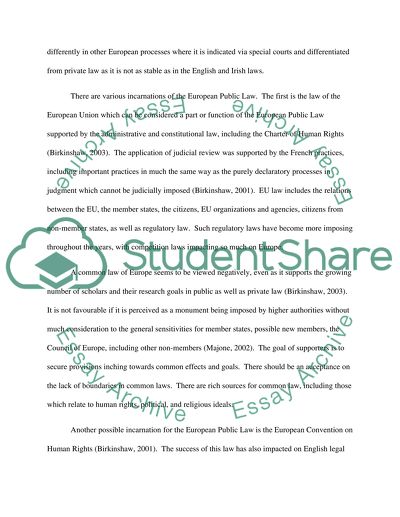Cite this document
(“Despite the failure of the Constitutional Treaty in 2005, Europe truly Essay”, n.d.)
Despite the failure of the Constitutional Treaty in 2005, Europe truly Essay. Retrieved from https://studentshare.org/law/1496285-despite-the-failure-of-the-constitutional-treaty
Despite the failure of the Constitutional Treaty in 2005, Europe truly Essay. Retrieved from https://studentshare.org/law/1496285-despite-the-failure-of-the-constitutional-treaty
(Despite the Failure of the Constitutional Treaty in 2005, Europe Truly Essay)
Despite the Failure of the Constitutional Treaty in 2005, Europe Truly Essay. https://studentshare.org/law/1496285-despite-the-failure-of-the-constitutional-treaty.
Despite the Failure of the Constitutional Treaty in 2005, Europe Truly Essay. https://studentshare.org/law/1496285-despite-the-failure-of-the-constitutional-treaty.
“Despite the Failure of the Constitutional Treaty in 2005, Europe Truly Essay”, n.d. https://studentshare.org/law/1496285-despite-the-failure-of-the-constitutional-treaty.


